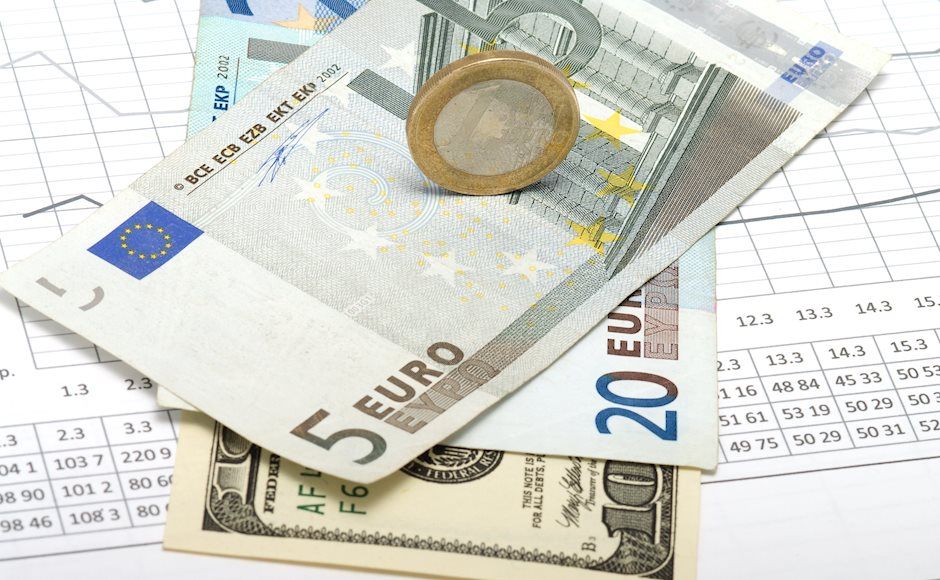FX - Trade Talks, Brexit, More Problems Ahead

The fear trade is back. All of the major currencies fell sharply this week as investors flocked into the safety of the US dollar. Big deadlines are looming in the month of February and investors are worried that they will result in more uneasiness than relief. Prime Minister May needs to deliver significant progress on Brexit negotiations to Parliament on February 13th or the government will present a motion that would allow MPs a greater control of the Brexit process. Funding for the US government runs out on February 15th and a new funding bill needs to be passed by to avoid another shutdown. The US Commerce department is also set to publish a report on the car industry by February 17th that will make a recommendation on European car tariffs. The US and China have until the beginning of next month to reach a trade agreement but based on President Trump's comment that he will not be meeting with President Xi before the deadline the talks are not going well. Global growth is also a problem with central banks around the world echoing the same concerns about downside risks so in light all of this, its hard for investors not to be concerned.
But there's still hope. Treasury Secretary Steven Mnuchin and Trade Negotiator Robert Lighthizer are headed to Beijing this week for another round of talks and CNBC reported on Friday that the March deadline of 12:01am or 0501 GMT on March 2 could move "via telephone." If it is not, the US will proceed with increasing tariffs to 25% from 10% on $200B worth of Chinese imports. The US economy will also be in focus next week with CPI, retail sales, the Empire state manufacturing index and University of Michigan consumer sentiment reports scheduled for release. If these reports surprise to the downside, stocks will sell-off further and USD/JPY could drop below 109. If they surprise to the upside and show stabilization, which is feasible given the recovery in oil prices last month and end of year holiday shopping, it will give investors even more reasons to buy US dollars.
Meanwhile the Canadian labor market is on fire. Economists were only looking for an addition of 5K jobs but instead more than 65K jobs were created in the month of January which puts the 5 month average just under 50K jobs per month. Private sector hiring was exceptionally strong which will soften the blow of weaker global growth. This report also reinforces the Bank of Canada's view that the economy is on solid footing but as Governor Poloz said, there's nowhere to hide from Brexit or trade fights so there's no reason to raise rates. USD/CAD which pulled back after rallying in the front of the week will take its cue from oil in the week ahead.
Persistently soft Eurozone data prevented EUR/USD from rallying at all this week.The single currency quietly slipped lower as weaker German factory orders were followed by a decline in industrial production and a narrower trade balance. The slow speed of the sell-off shows just how much support there is underneath 1.13. The fundamentals are clearly skewed against the euro and with the US dollar rising and stocks falling on risk aversion, the pair should be trading comfortably below 1.13. It hasn't done so yet but we think its only a matter of time before new year to date lows are seen. Fourth quarter GDP numbers are due for release next week and given the central bank's concerns and the contraction in German retail sales, the risk is to the downside for the report.
Author

Kathy Lien
BKTraders and Prop Traders Edge

















